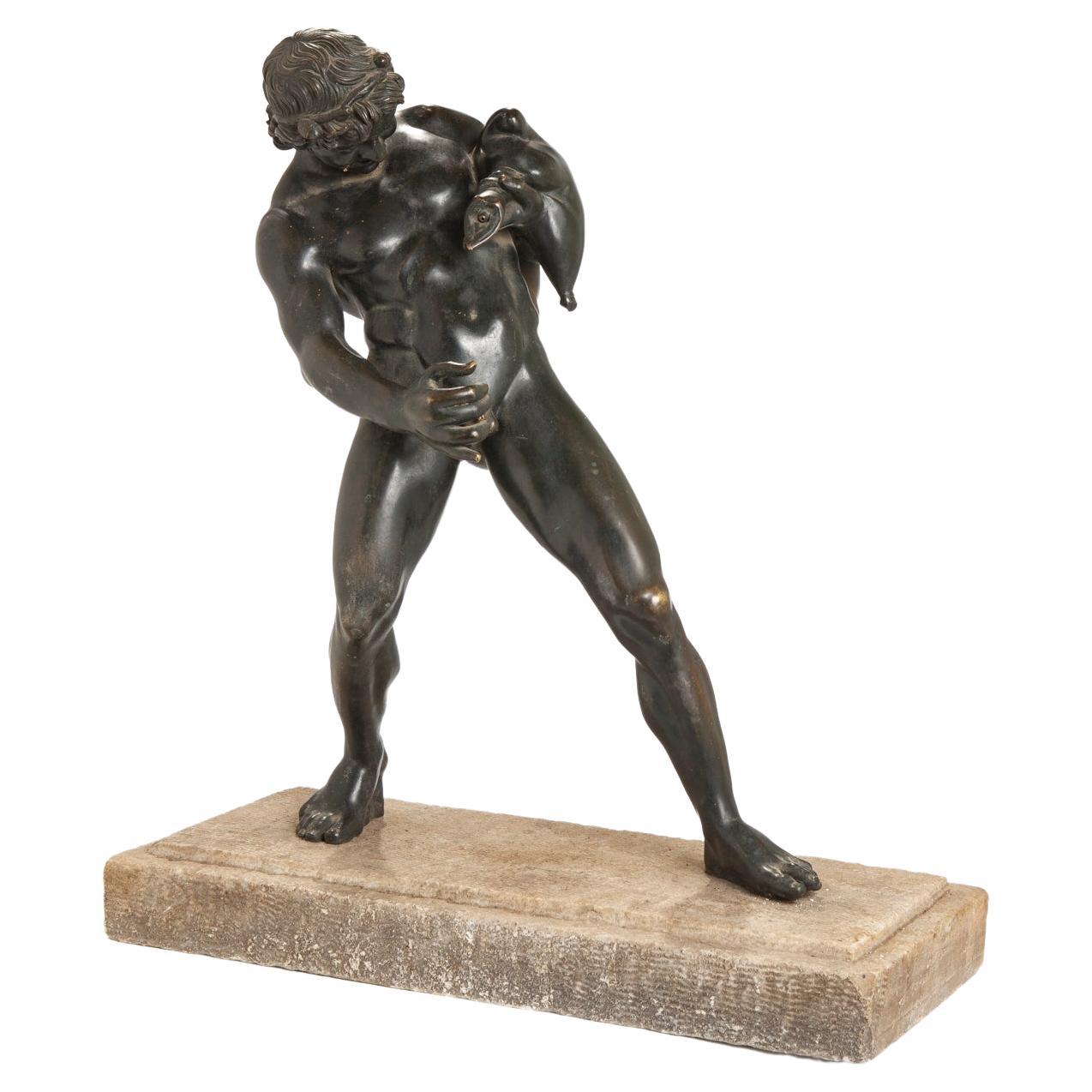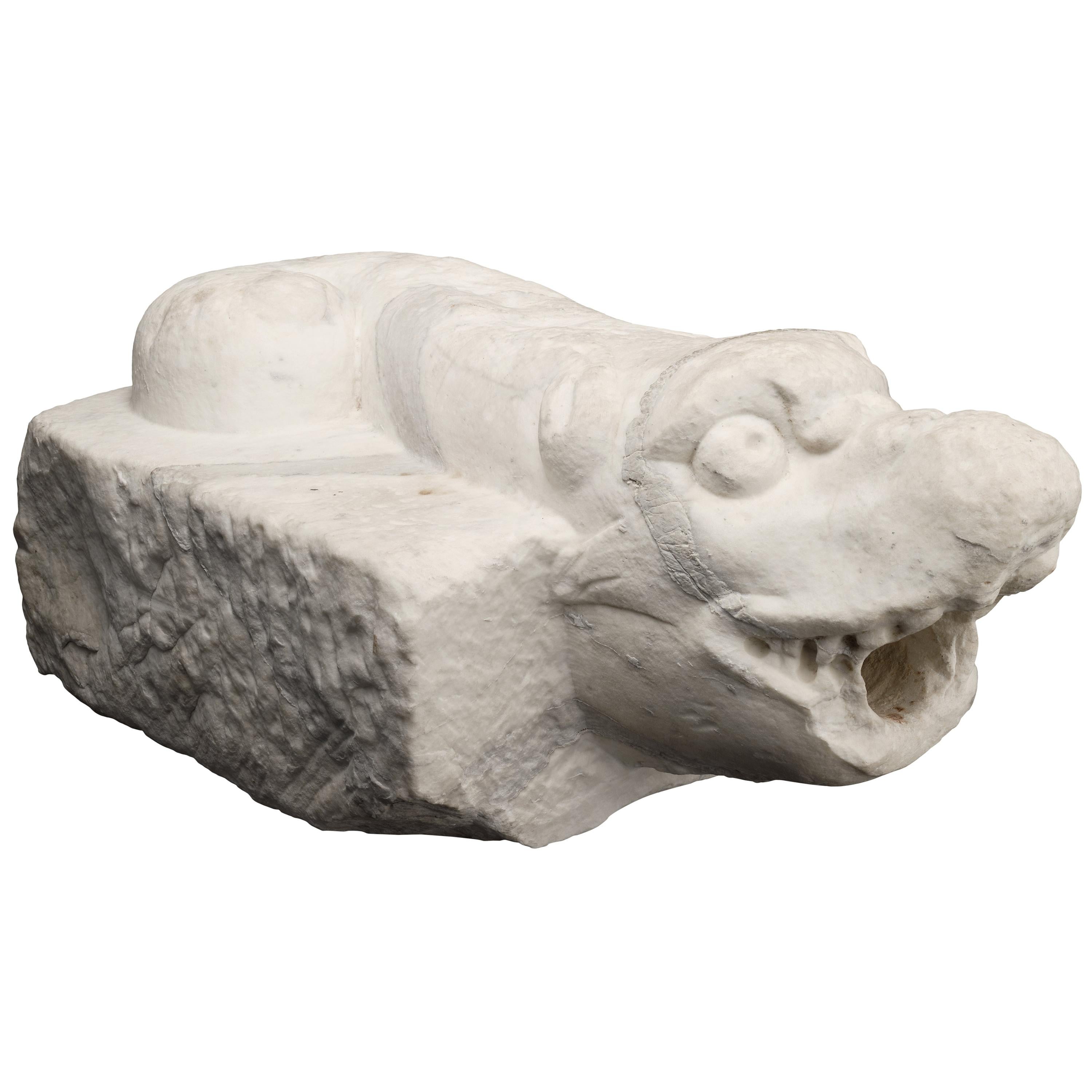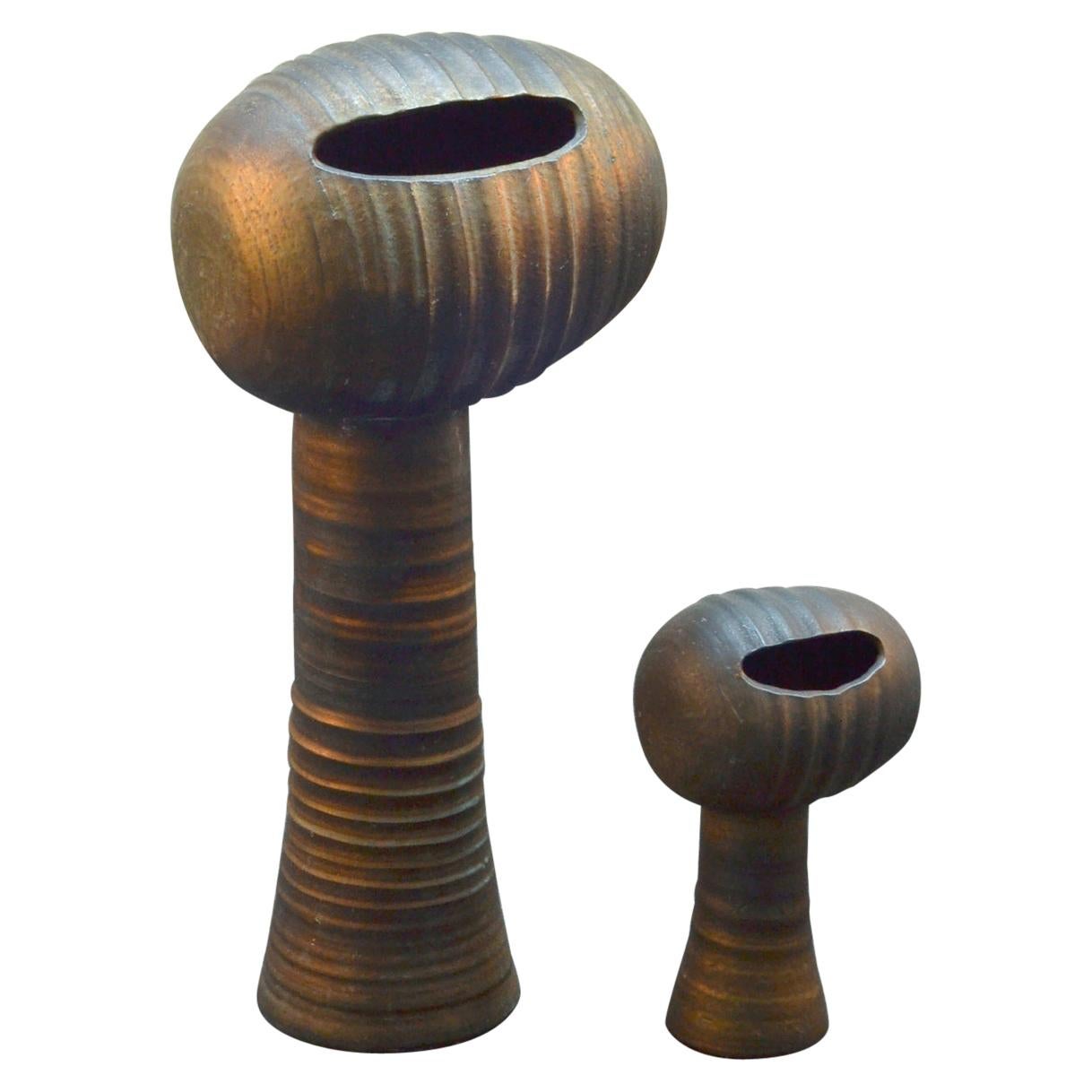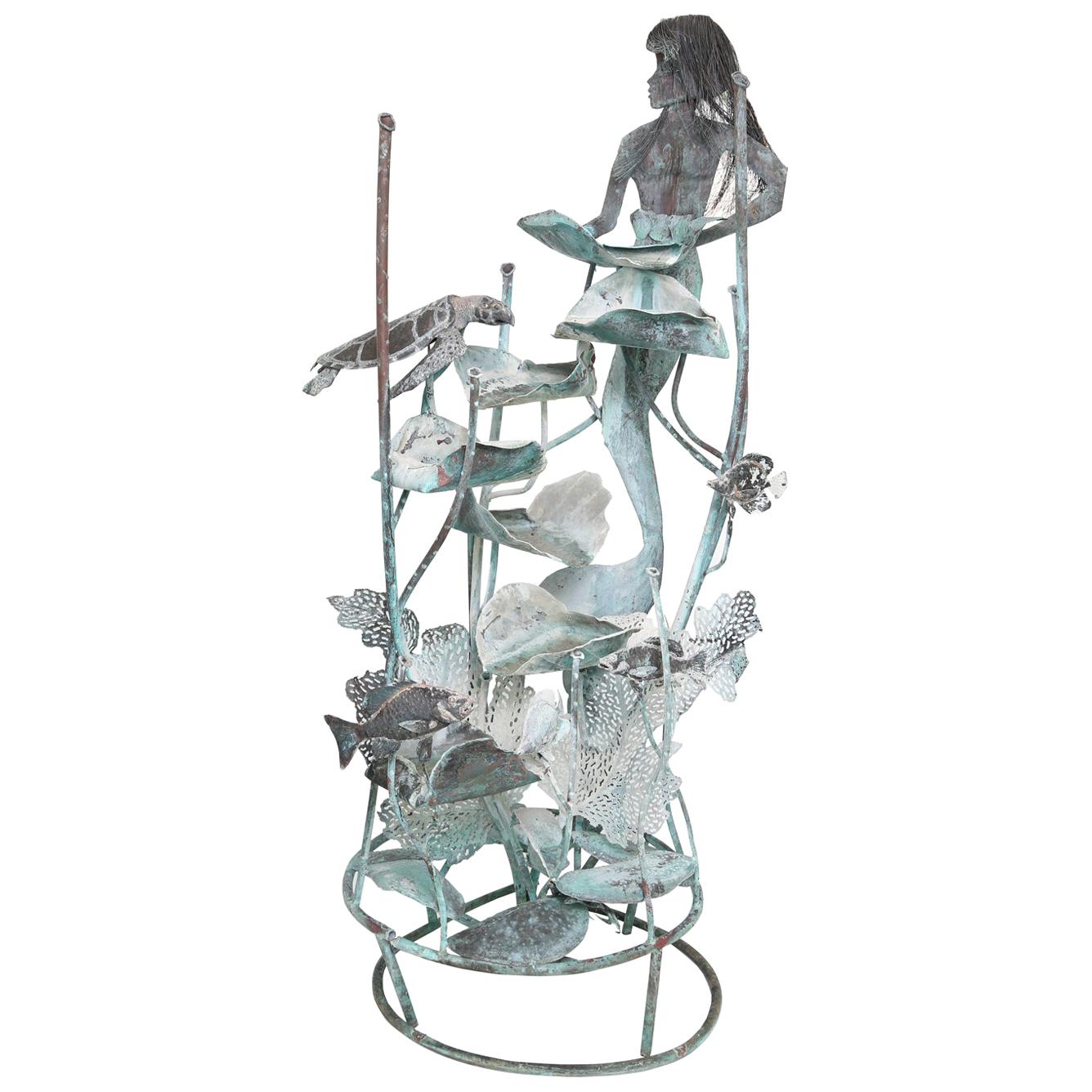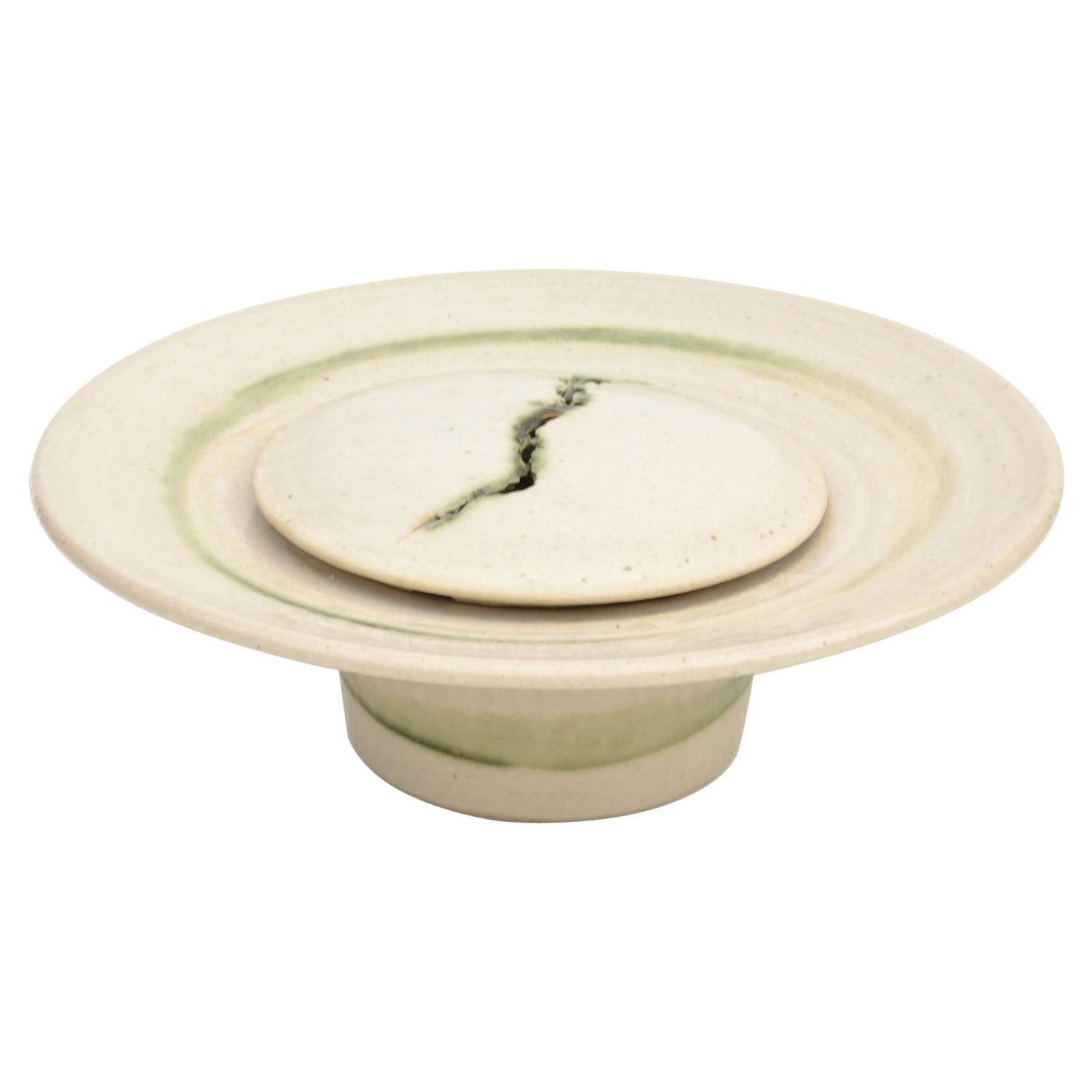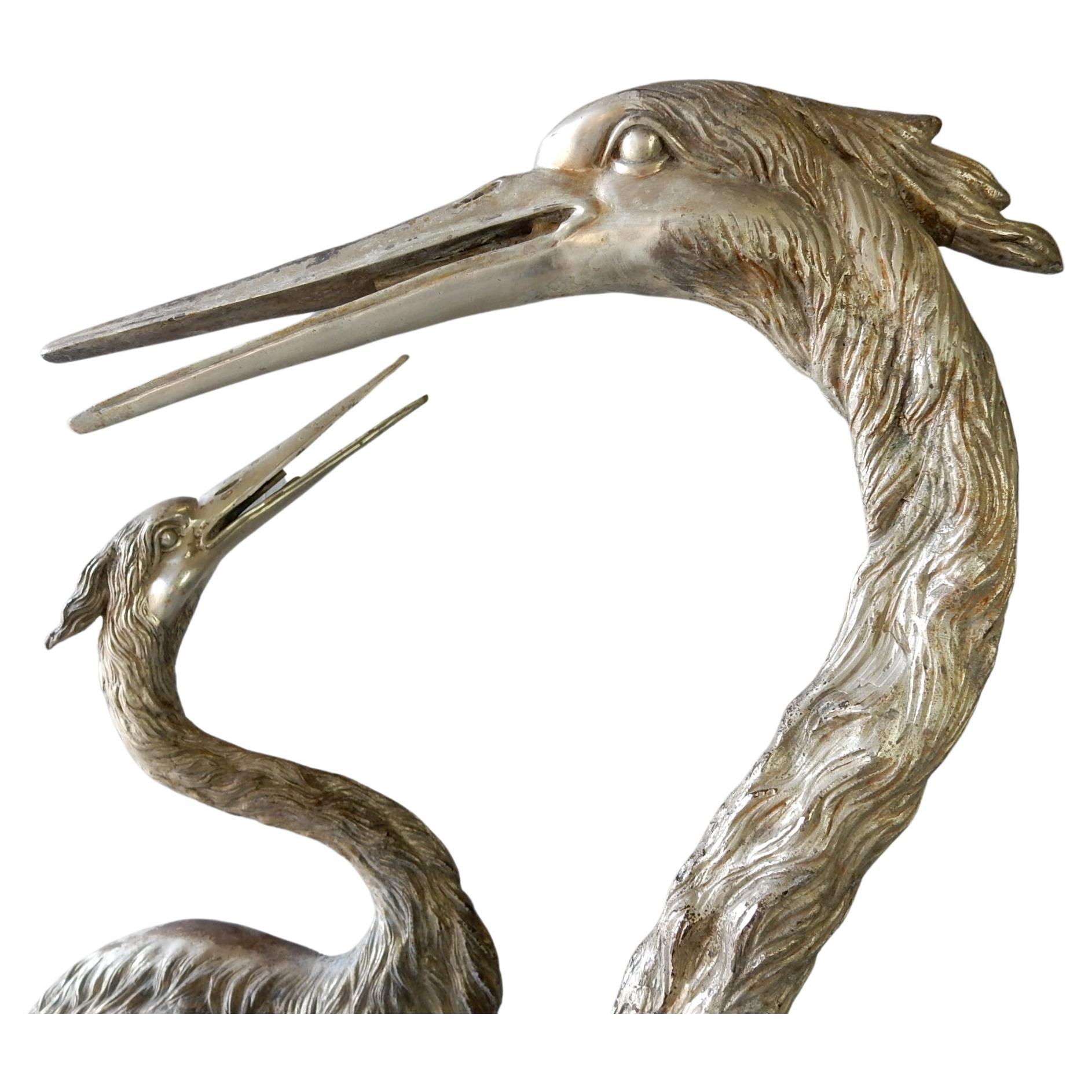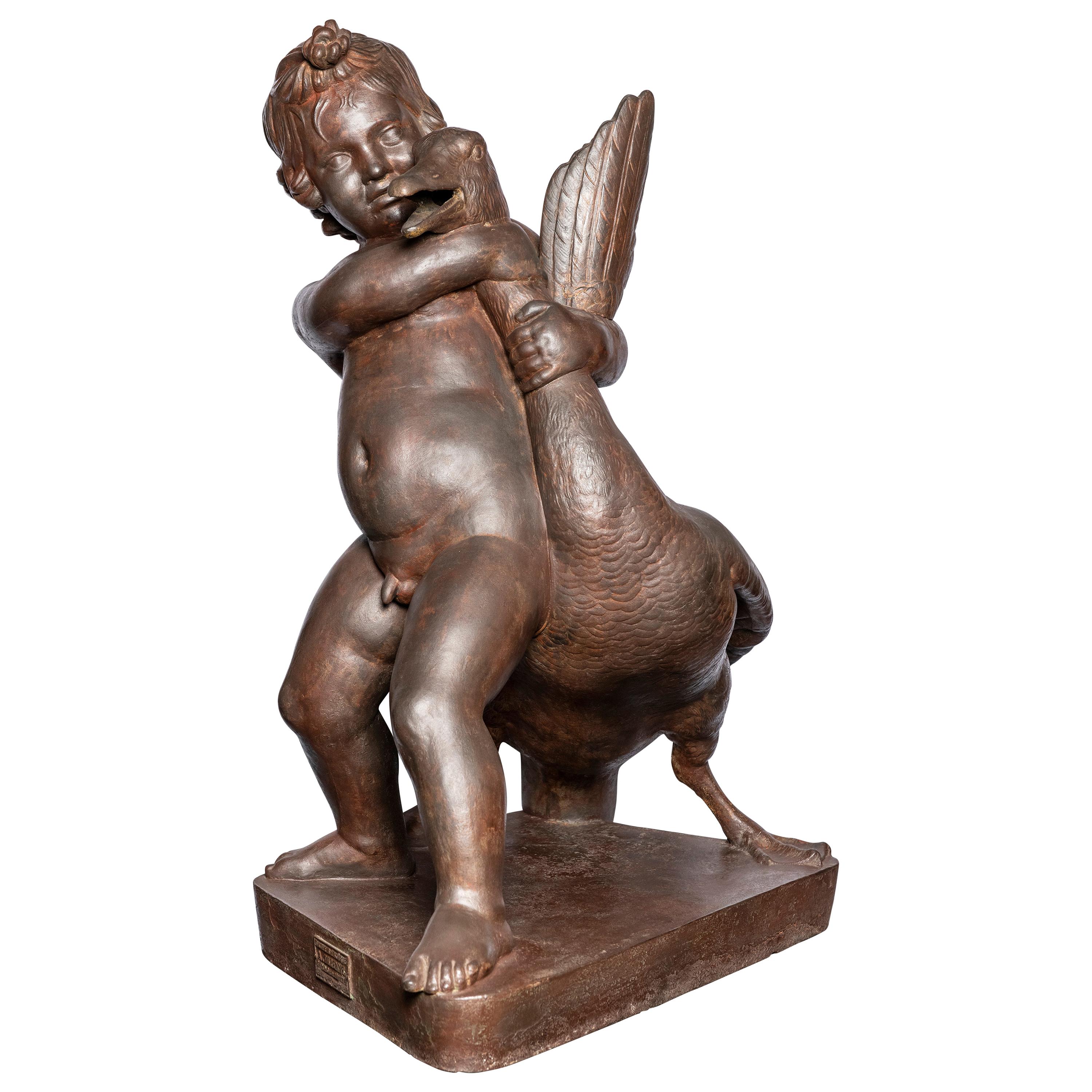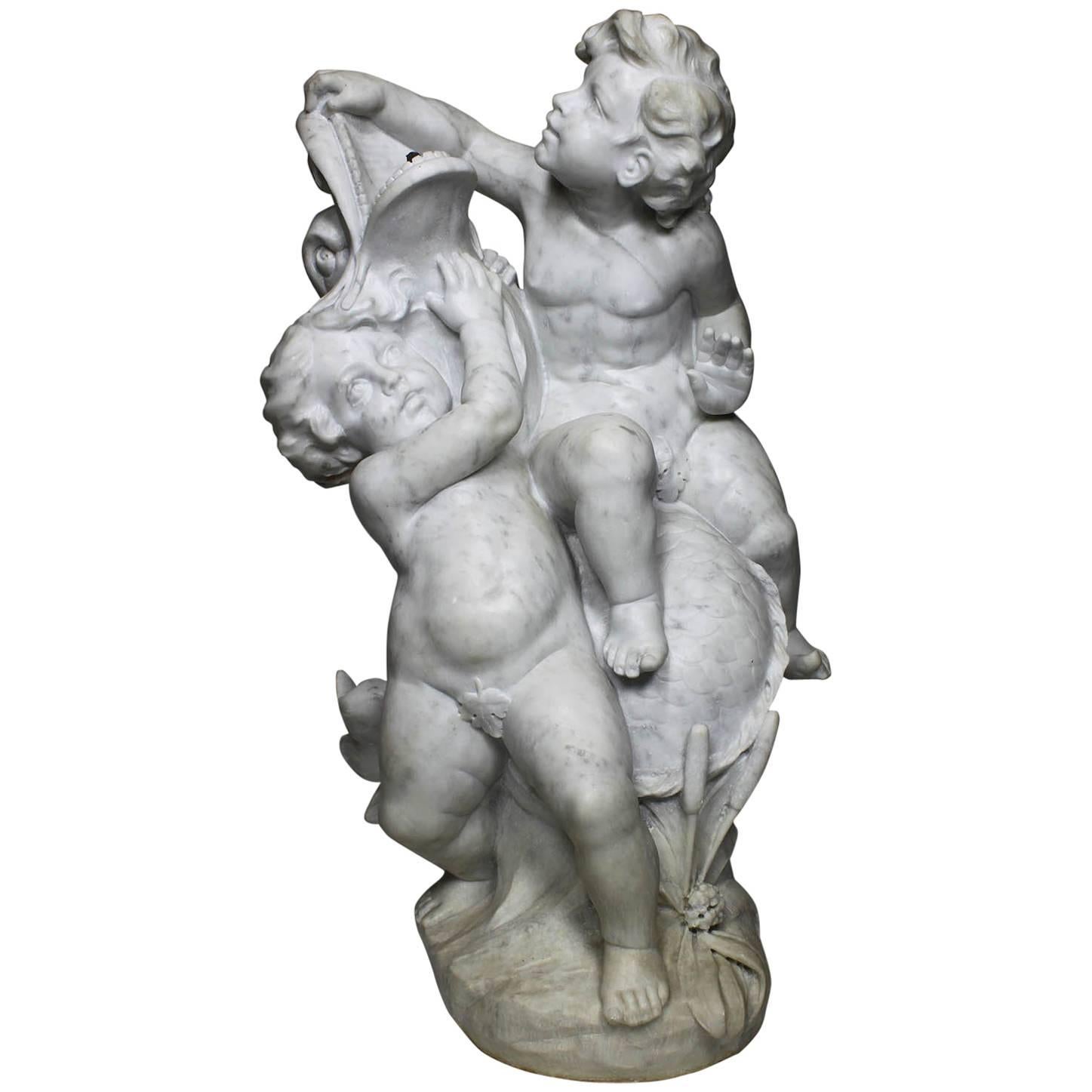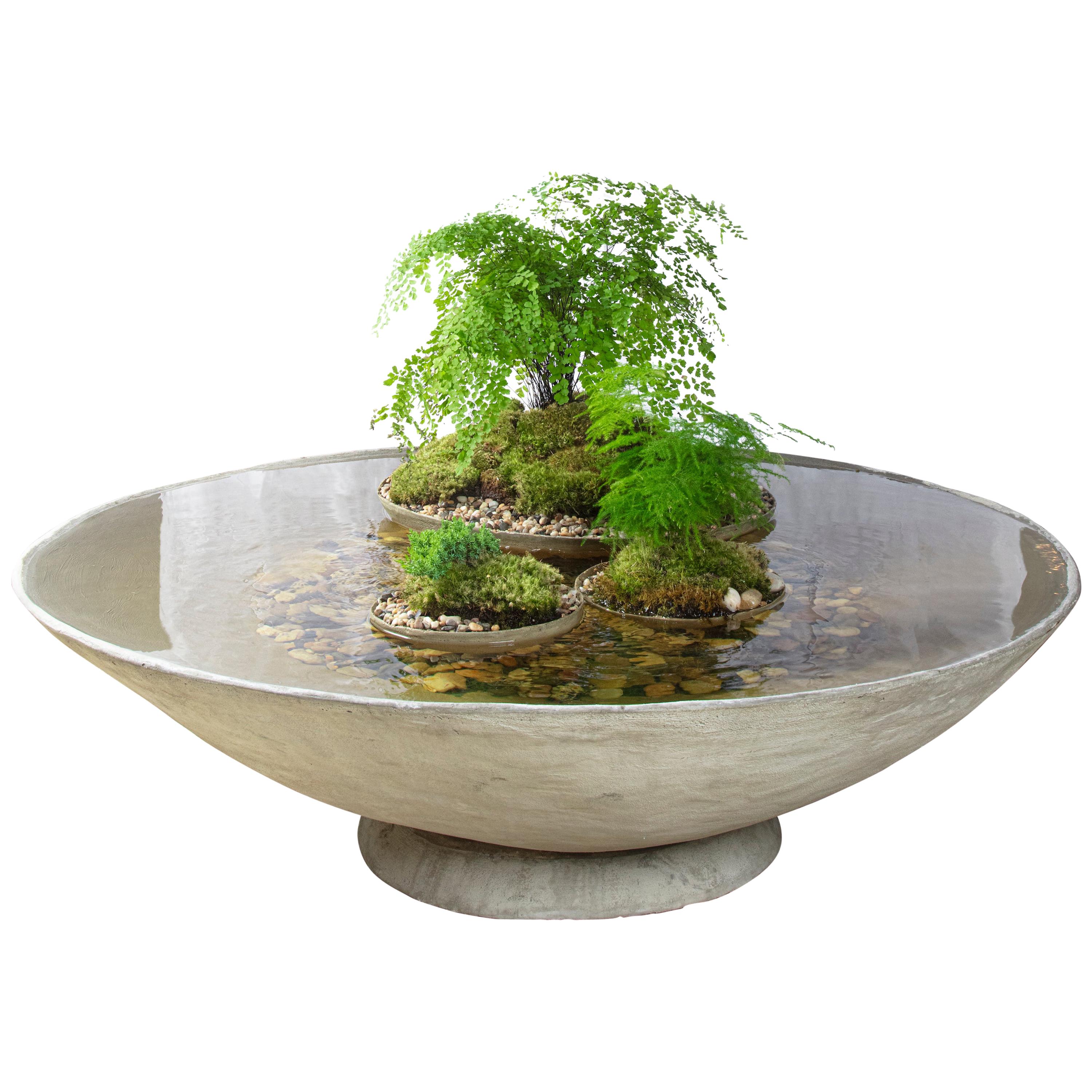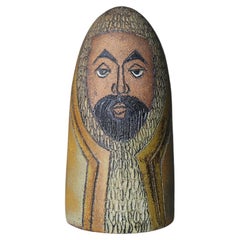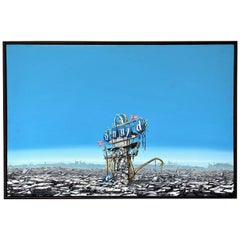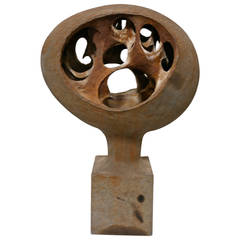
Fountain Sculpture by Bruce Cushman
View Similar Items
Want more images or videos?
Request additional images or videos from the seller
1 of 10
Fountain Sculpture by Bruce Cushman
About the Item
- Creator:Bruce Cushman (Artist)
- Dimensions:Height: 29.75 in (75.57 cm)Width: 21 in (53.34 cm)Depth: 15 in (38.1 cm)
- Style:Brutalist (In the Style Of)
- Materials and Techniques:
- Place of Origin:
- Period:
- Date of Manufacture:1979
- Condition:Wear consistent with age and use.
- Seller Location:Costa Mesa, CA
- Reference Number:1stDibs: LU92203055302
About the Seller
5.0
Gold Seller
These expertly vetted sellers are highly rated and consistently exceed customer expectations.
Established in 2005
1stDibs seller since 2011
507 sales on 1stDibs
More From This SellerView All
- Raul Coronel Ceramic Sculpture, California, c.1965By Raul CoronelLocated in Costa Mesa, CARaul Coronel Ceramic Sculpture, California, c.1965. Reference Photos Courtesy of Steve Aldana / Esoteric Survey.Category
20th Century American Mid-Century Modern Figurative Sculptures
MaterialsStoneware
- Tanya Aguiñiga Monumental Wall Sculpture, 2017By Tanya AguinigaLocated in Costa Mesa, CATanya Aguiñiga Monumental Hand Woven Felt Wall Sculpture, 2017.Category
21st Century and Contemporary American Modern Tapestries
MaterialsTextile, Felt
- 'Disneyland Destruction' by Jeff GilleteBy Jeff GilleteLocated in Costa Mesa, CA'Disneyland Destruction' by Jeff Gillete circa 2015. Acrylic and collage on canvas.Category
21st Century and Contemporary American Modern Paintings
MaterialsCanvas, Acrylic, Wood
- Richard Barr Sculptural Table Lamp for the STUDIO Collection by Laurel, c.1965By Richard Barr, Laurel Lamp Company, Harry BalmerLocated in Costa Mesa, CARichard Barr Sculptural Table Lamp for the STUDIO Collection by Laurel, United States, c.1965. Beautiful torch cut and welded brutalist form. Measures: - 13" Deep - 14" Wide -...Category
20th Century American Mid-Century Modern Table Lamps
MaterialsBronze, Steel, Copper
- Wishon-Harrell Ceramic Hanging Planter, California, 1970'sBy David Cressey, Wishon-HarrellLocated in Costa Mesa, CAWishon-Harrell Ceramic Hanging Planter, California, 1970's. This piece is signed to the bottom.Category
20th Century American Mid-Century Modern Planters and Jardinieres
MaterialsCeramic, Stoneware
- David Cressey & Robert Maxwell Planter for Earthgender, circa 1970By David Cressey, Robert Maxwell and David Cressey, Robert MaxwellLocated in Costa Mesa, CADavid Cressey & Robert Maxwell Planter for Earthgender, circa 1970.Category
20th Century American Mid-Century Modern Planters and Jardinieres
MaterialsCeramic
You May Also Like
- Nude Male Bronze Sculpture FountainLocated in Malibu, CABronze male sculpture signed. Fonderia Giorgio Sommer Calabritto Napoli Thomas, sculptor, lived and worked in the Naples area, and especially on Capri, from 1889 to 1906. Given this ...Category
20th Century Italian Renaissance Figurative Sculptures
MaterialsCarrara Marble, Bronze
$13,297 Sale Price29% Off - Large Patinated Bronze Fountain with Heron SculpturesLocated in London, GBThis wonderful patinated bronze work is designed to function as both a water fountain and a superb piece of sculpture. The item will be well-suited to either an indoor or outdoor setting. The piece takes the form of two herons...Category
20th Century French Anglo-Japanese Fountains
MaterialsBronze
- Italian Ancient Marble Sculpture Fountain, Late 16th CenturyLocated in Milano, ITSea monster Carrara marble mouth fountain Italy, late 16th century It measures 13.8 x 31.5 x 18.9 in (35 x 80 x 48 cm) State of conservation: some small evident gaps and widespread signs of wear due to outdoor exposure. The gray marks crossing it do not come from restoration, but are rather the natural veins of the marble. This work has some morphological characteristics typically associated with the iconography of the sea monster: an elongated muzzle, sharp teeth, protruding eyes, elongated ears, and a coiled serpent's tail. An in-depth series of studies on artistic depictions of the sea monster attempted to verify how this symbol evolved in antiquity in the European and Mediterranean contexts and how it gradually changed its image and function over time. The iconography itself is mutable and imaginative and its history is rich with cultural and artistic exchange, as well as the overlapping of ideas. This occurred so much that it is difficult to accurately pinpoint the "types" that satisfactorily represent its various developments. However, we can try to summarize the main figures, starting from the biblical Leviathan and the marine creature that swallowed Jonah (in the Christian version, this figure was to become a whale or a "big fish", the “ketos mega”, translation of the Hebrew “dag gadol”). Other specimens ranged from the dragons mentioned in the Iliad (which were winged and had legs) to "ketos” (also from Greek mythology), the terrifying being from whose Latinized name (“cetus”) derives the word "cetacean". See J. Boardman, “Very Like a Whale” - Classical Sea Monsters, in Monsters and Demons in the Ancient and Medieval Worlds, in Papers presented in Honor of Edith Porada, Mainz am Rhein 1987, pp. 73-84). In Italy the monster underwent yet further variations: it can be found in Etruscan art on the front of some sarcophagi representing the companion of souls, while among the Romans we find the “Pistrice” (cited by Plinio in Naturalis Historia PLIN., Nat., II 9, 8 and by Virgilio in Eneide: VERG., Aen., III, 427), which appeared in the shape of a stylized hippocampus or a very large monstrous cetacean and evolved into a hideous being with a dragon's head and long webbed fins. During the Middle Ages, the sea monster was the object of new transformations: at this time, it is often winged, the head is stretched like a crocodile, the front legs are often very sharp fins - sometimes real paws - until the image merges with dragons, the typical figures of medieval visionary spirituality widely found throughout Europe (on this topic and much more, see: Baltrušaitis, J., Il Medioevo fantastico. Antichità ed esotismi nell’arte gotica, Gli Adelphi 1997). In Italy during the 15th and 16th centuries, the revival of classicism - representative of the humanistic and Renaissance periods - led to a different reading of these "creatures". Indeed, the sea monster was also to find widespread use as an isolated decorative motif, especially in numerous fountains and sculptures where dolphins or sea monsters were used as a characterizing element linked to water (on this theme see: Chet Van Duzer, Sea Monsters on Medieval and Renaissance Maps, London, The British library, 2013). From the morphological point of view, the "sea monsters" of this period are mostly depicted as hybrid figures, in which the body of a mythological or real being (a hippocampus, a sea snake, a dolphin), is joined to a head with a rather indistinct appearance. It was usually characterized by large upright ears, an elongated snout, sharp teeth and globular, protruding eyes; a complex and indefinite figure, both from the symbolic point of view and from that of its genesis. The work we are examining is placed as a cross between the medieval sea serpent and the Renaissance dolphin, with stylistic features which recall the snake as often used in heraldry (such as the "snake" depicted in the coat of arms of the Visconti - the lords and then dukes of Milan between 1277 and 1447 - and which, for some, may be derived from the representations of the “Pistrice” that swallowed Jonah). In the search for sources, Renaissance cartography and in particular woodcuts should not be neglected. See for example the monsters of Olaus Magnus, from the editions of the “Historia de gentibus septentrionalibus” (“History of the peoples of the north”) and the natural histories of Conrad Gesner, Ulisse...Category
Antique 16th Century Italian Renaissance Animal Sculptures
MaterialsCarrara Marble
- Architectural Ceramic Water Fountains Sculptures Bronze Glazed 1960 MobachBy MobachLocated in London, GBThe sculptural head shaped water features hand-turned in ceramic, produced by Mobach in Utrecht during the 1960's. Mobach produced this unique mat bronze lustre glaze has a result of...Category
Vintage 1960s European Mid-Century Modern Abstract Sculptures
MaterialsCeramic
- Copper Mermaid Fountain by Glen MayoBy Glen MayoLocated in West Palm Beach, FLWhimsical fountain sculpture, of copper, by metal artist Glen Mayo; its mermaid focal point holding a leaf which cascades water down the fountain, among turtles, angel fish, other se...Category
1990s North American Fountains
MaterialsCopper
- Large Bronze Figurative Sculptural Fountain by CanpiolaLocated in London, GBLarge bronze figurative sculptural fountain by Canpiola Italian, c. 1910 Measures: Height 130cm, width 67cm, depth 54cm This impressive bronze fountain is finished with a beauti...Category
Early 20th Century Italian Animal Sculptures
MaterialsBronze
Recently Viewed
View AllMore Ways To Browse
Used Cushman
Cushman Furniture
Cushman Vintage
Brutalist Fountain
Wmf Ceramic
Pink Acrylic Lucite
Egg Alabaster
Alabaster Egg
Estudio Rafael Freyre
Rafael Freyre
Carbonell Nacho
Copper Outdoor Sculpture
Robert D Hansen
Wood Sculpture Barbara Hepworth
Gaudi Ceramic
Used Furniture Tacoma
British Bronze Abstract Sculpture
Dan Murphy Ribbon Sculpture
